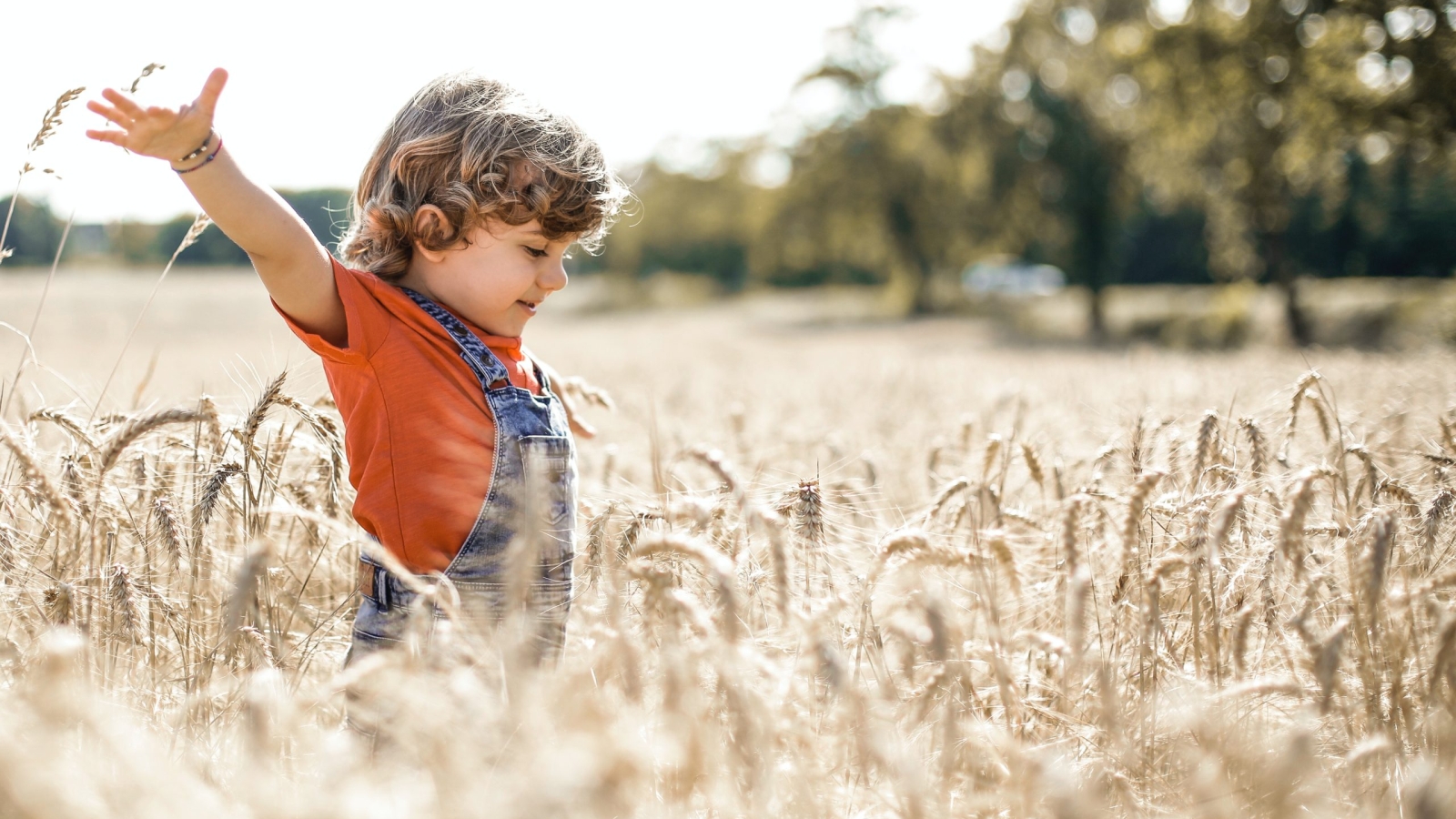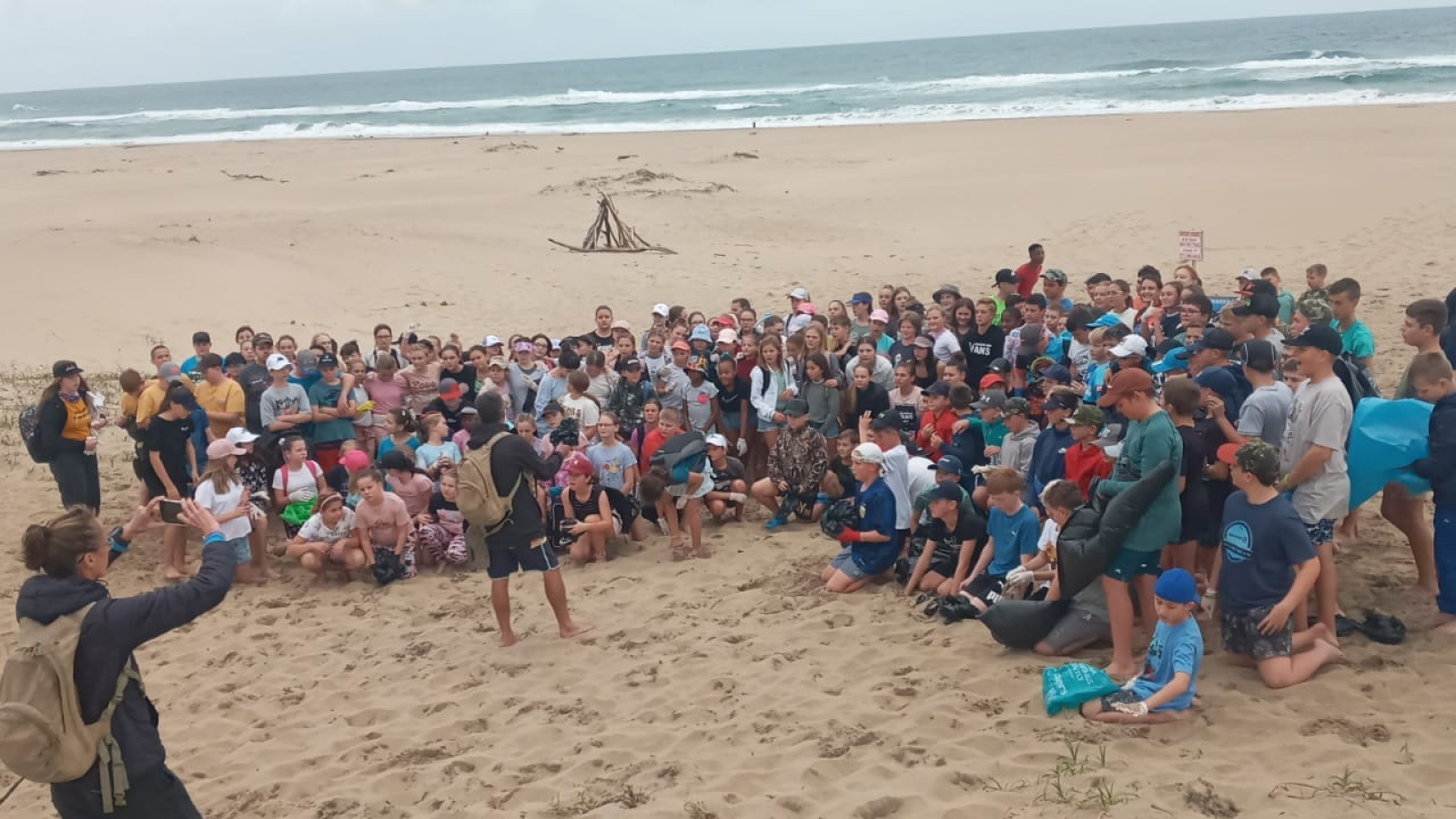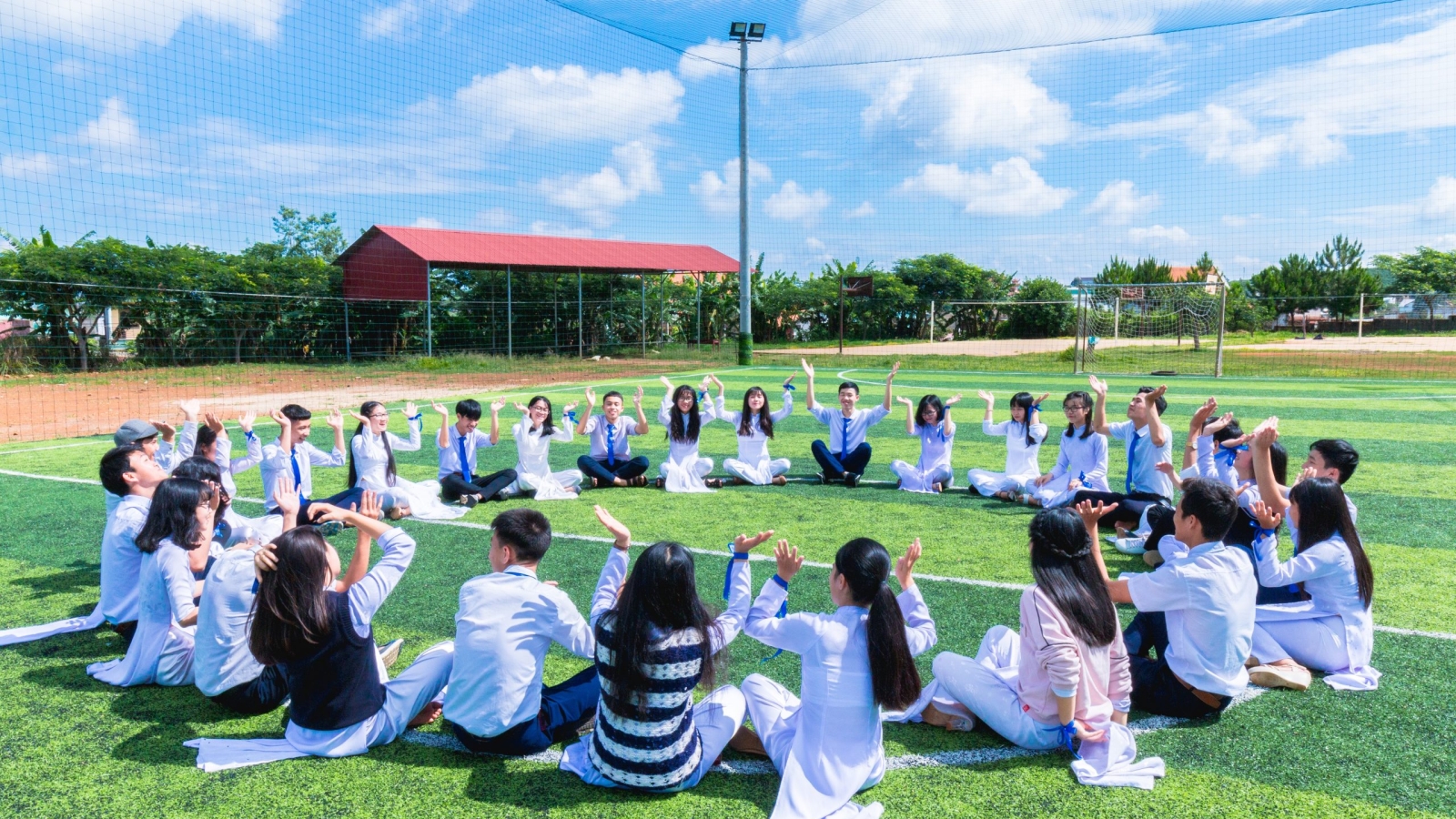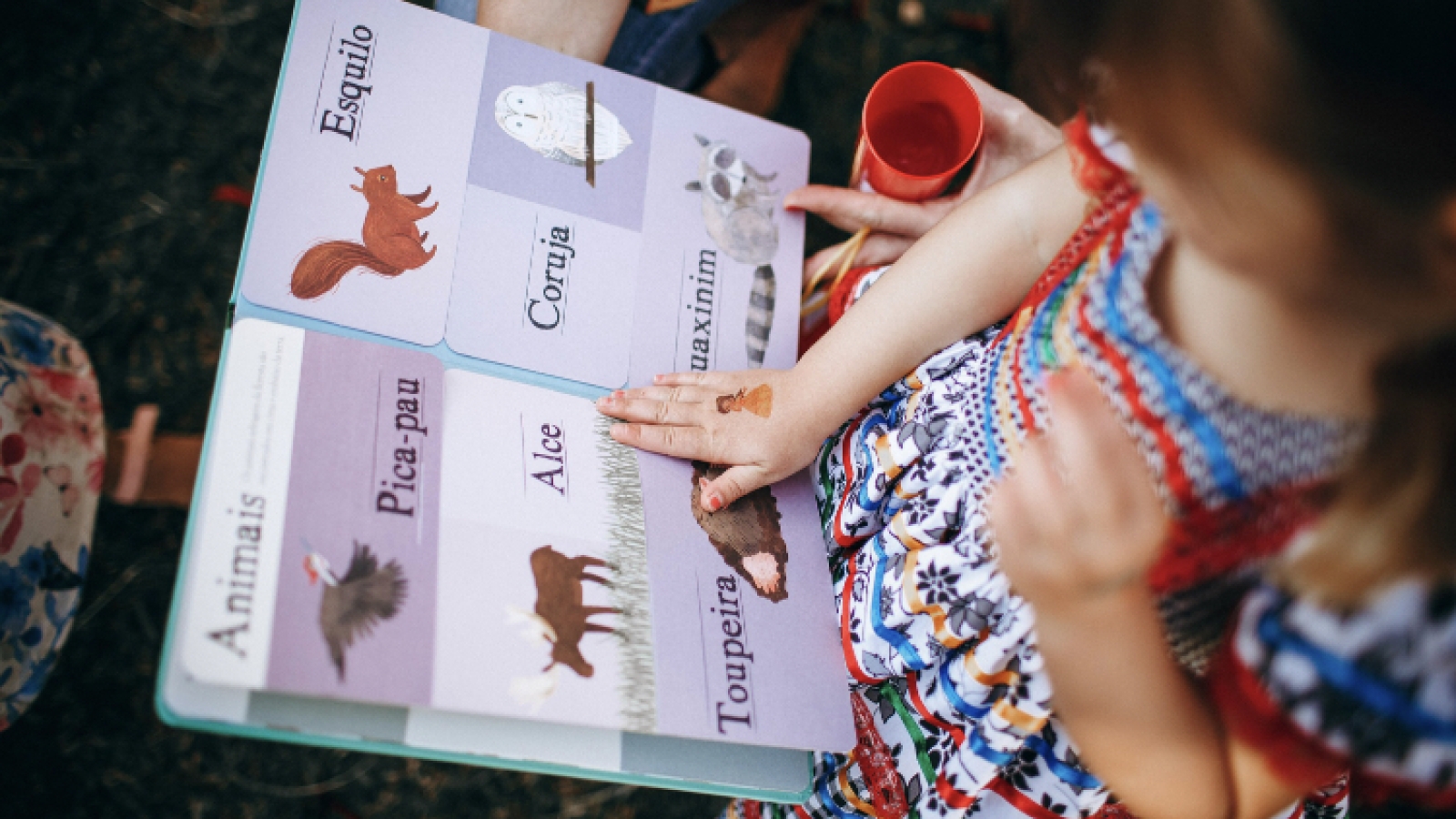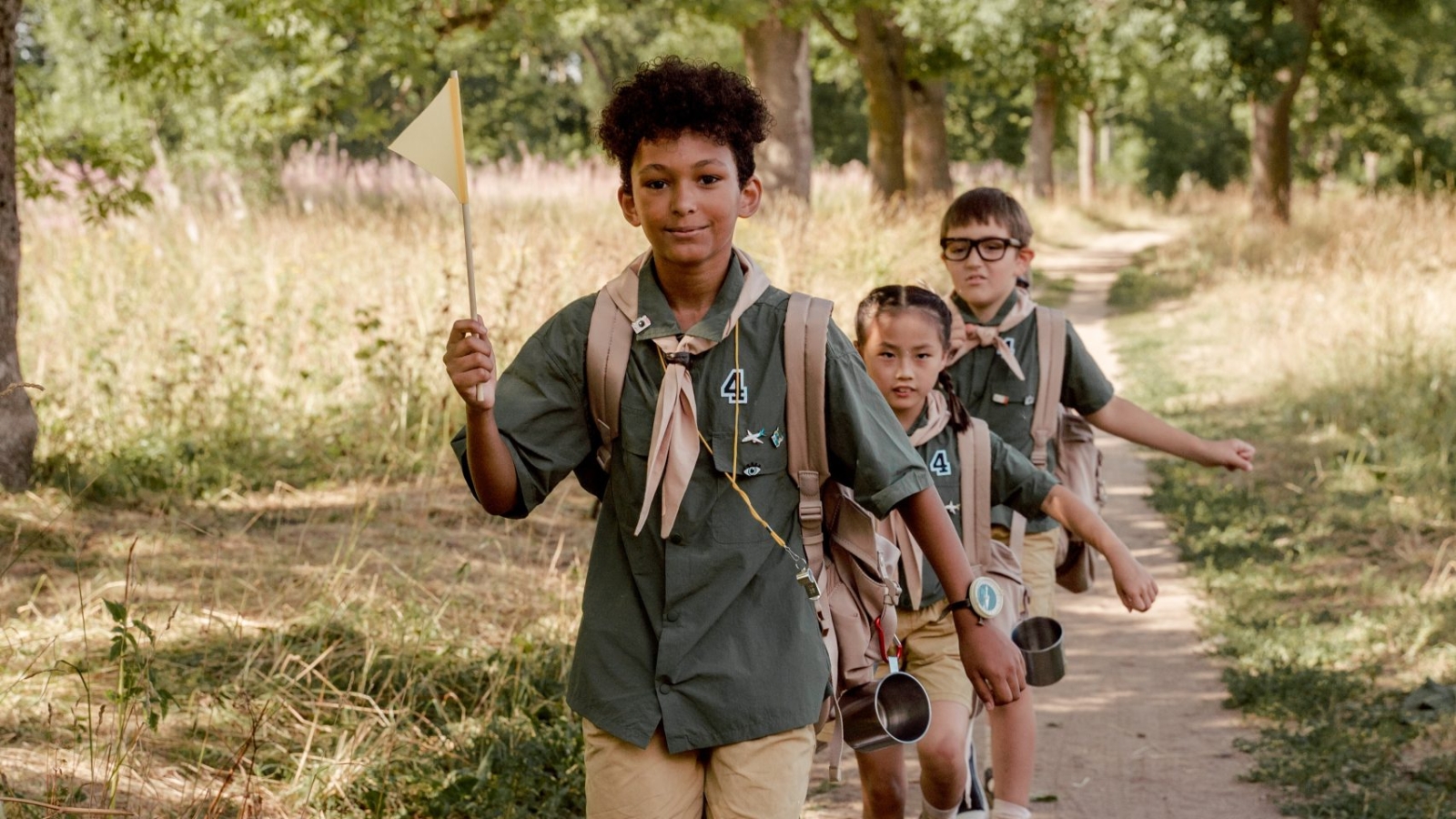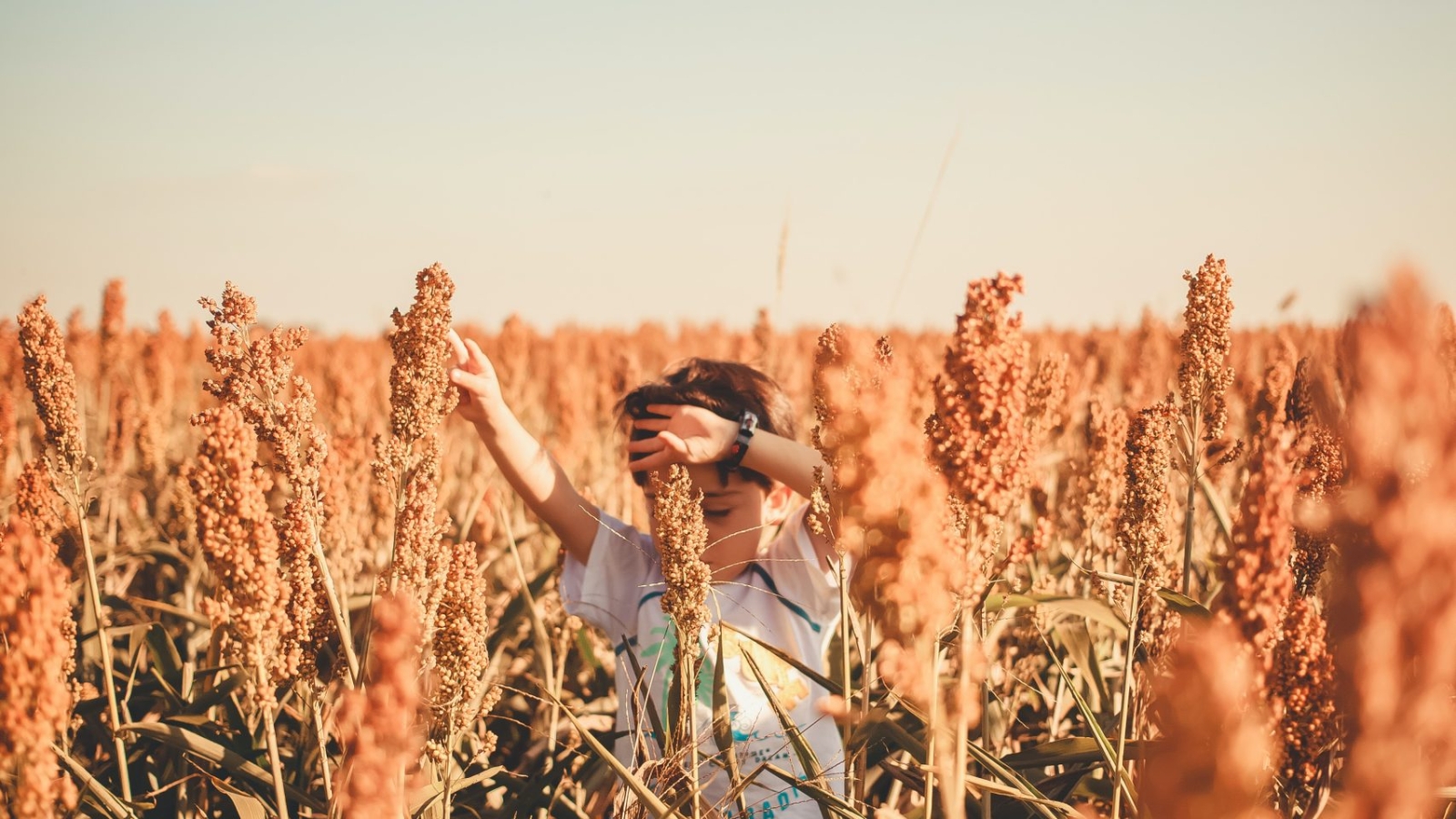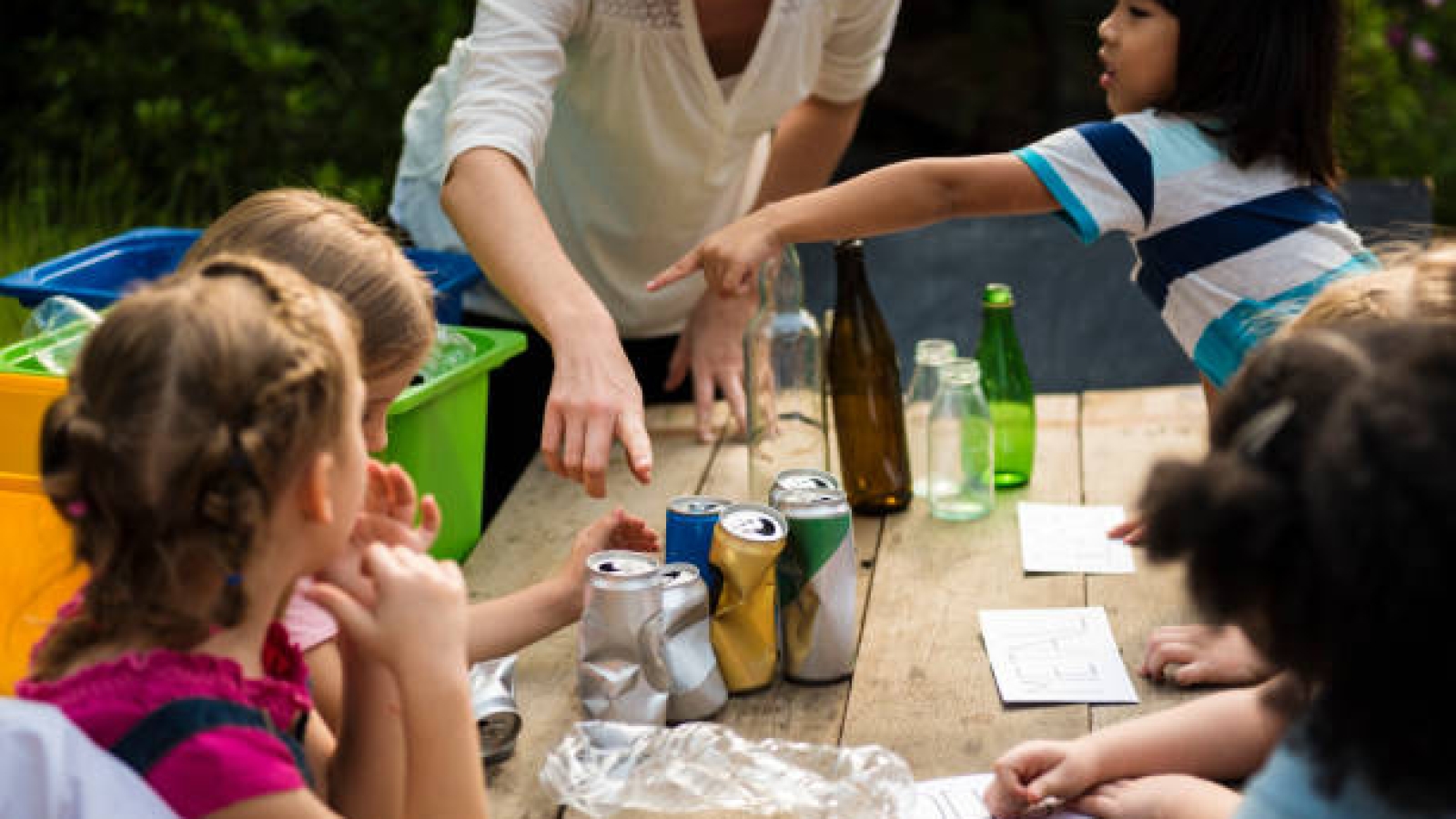Embarking on Excursions: Blossoming Bonds for Budding Hearts!
Exploring Beyond the Classroom: Sparking Joy and Learning Through School Tours!
Step into the unknown, embrace endless possibilities, and ignite the flame of curiosity! School tours, the gateway to extraordinary adventures, go beyond the classroom walls to awaken young minds and cultivate a sense of wonder. Join us on a journey where joy and learning intertwine, as we uncover the magic that lies outside textbooks!
Community Unites for a Cleaner Coastline: OEEA’s Commitment to Preserving Our Natural Environment
In an inspiring display of community dedication, the CLEAN Surf Project recently joined forces with local businesses and schools, including Outdoor Environmental Education Africa (OEEA), to embark on a mission to keep our coastline and streets litter-free. This collaborative effort highlights the importance of preserving our natural environment and underscores the significant role organizations like OEEA play in promoting environmental stewardship.
The pristine beaches of KwaZulu-Natal have long been cherished for their breathtaking beauty. However, the growing problem of litter and pollution threatens not only the aesthetic appeal of these coastal gems but also the delicate ecosystems they support. In response to this escalating concern, CLEAN Surf Project has been working tirelessly to engage the community in cleaning up their shared environment.
A recent cleanup initiative saw staff members from Toyota South Africa Motors in Prospecton joining forces with the CLEAN Surf Project around Umbogintwini Beach. The result? An impressive total of 183 bags filled with litter. This remarkable effort demonstrates that when individuals and corporations come together for a common cause, they can make a substantial impact.
But the commitment to preserving our natural environment didn’t stop there. Grade 7 learners from Arthur Matthews Primary School and the dedicated crew from Outdoor Environmental Education Africa also lent their support by participating in the cleanup at Illovo Beach. Their involvement exemplifies the importance of instilling a sense of responsibility and environmental consciousness in the younger generation.
Outdoor Environmental Education Africa (OEEA), the organization behind this article, has been at the forefront of promoting environmental education and stewardship in South Africa. OEEA specializes in school tours that not only educate students about the importance of our natural world but also inspire them to become active participants in its preservation.
OEEA’s commitment to environmental education extends far beyond the classroom. By actively engaging in community cleanup efforts, they lead by example, showing that their dedication to the environment goes hand in hand with their mission to educate and inspire. This holistic approach to environmental awareness is precisely what our world needs as we face the pressing challenges of climate change and pollution.
The collaboration between CLEAN Surf Project, Toyota South Africa Motors, Arthur Matthews Primary School, and Outdoor Environmental Education Africa is a shining example of the power of unity in safeguarding our natural environment. As our coastal communities come together to protect the beauty and biodiversity of our beaches, they also send a powerful message: the preservation of our environment is a shared responsibility that transcends age, occupation, and background.
In a world where environmental issues are increasingly urgent, the actions of organizations like OEEA and their partners serve as a beacon of hope. As they continue their valuable work, educating and inspiring the next generation of environmental stewards, we can look forward to cleaner coastlines, healthier ecosystems, and a brighter future for our precious natural environment.
What makes a field trip exciting for kids
Field Trips: Unleashing the Wonder! Embark on a journey of pure amazement as we uncover the secret ingredients that make every adventure a thrill for kids. Get ready to dive headfirst into a world of curiosity, laughter, and endless fun!
Earth’s Little Guardians: Nurturing Eco-Warriors!
“Earth’s Little Guardians: Nurturing Eco-Warriors!” In a world full of endless possibilities, there is one group of heroes quietly making a big difference: Earth’s Little Guardians! These pint-sized warriors have taken it upon themselves to protect our planet and nurture a greener future. With their boundless imagination and cheerful spirits, they prove that even the smallest actions can create a mighty impact. So let’s join forces with these eco-warriors and embark on an extraordinary journey towards a brighter tomorrow!
Why school tours are important to a child’s development
Exploring Beyond the Classroom: Unveiling the Wonders of School Tours!
Journeying Beyond the Classroom: Unleashing Bright Minds!
Embarking on an educational expedition for curious minds, where learning meets adventure!
Unlocking Nature’s Magic: Sparking Love for the Environment in Curious Minds!
Unlocking Nature’s Magic: Sparking Love for the Environment in Curious Minds!===
In a world filled with technological marvels and fast-paced lifestyles, it is crucial to cultivate a deep love and respect for our environment. Nature’s magic is all around us, waiting to be discovered and appreciated by curious minds. By awakening the wonder and igniting curiosity for the wonders of nature, we can unlock the potential for a sustainable and harmonious future.
Awakening the Wonder: Igniting Curiosity for the Wonders of Nature!
Imagine a child’s eyes widening with awe as they witness the first blossoms of spring or marvel at a vibrant sunset. Awakening the wonder of nature in young minds is essential for fostering a love for the environment. Through hands-on experiences, such as visiting botanical gardens, going on nature walks, or observing animals in their natural habitats, children can develop a deep appreciation for the beauty and intricacy of the natural world.
Encouraging curiosity is key to unlocking the magic of nature. By asking questions and seeking answers, young minds can unravel the mysteries of the environment. Providing them with books, documentaries, and resources that explore different ecosystems and the unique creatures that inhabit them will fuel their curiosity further. With each new discovery, their love for the environment will grow, propelling them to become stewards of the earth.
Enchanting Explorations: Unleashing the Environmental Magician Within!
Nature has a way of captivating our senses and igniting our imagination. By allowing children to explore and interact with their surroundings, we can awaken the environmental magician within them. Outdoor activities such as gardening, birdwatching, or even camping can help them connect with nature on a deeper level. These experiences not only foster a sense of wonder but also instill a sense of responsibility towards protecting the environment.
One way to unleash the environmental magician within curious minds is through environmental education programs. These programs can introduce children to the concept of sustainability, teach them about the impact of human activities on the planet, and inspire them to take action. By engaging in hands-on projects like recycling, planting trees, or creating nature-inspired artwork, children become active participants in the preservation of our planet’s magic.
Unlocking Nature’s Magic: Sparking Love for the Environment in Curious Minds!===
As we strive towards a more sustainable future, it is crucial to ignite a love for the environment in the hearts of young minds. Awakening the wonder and enchanting explorations can unlock nature’s magic and spark a lifelong passion for the preservation of our planet. By nurturing curiosity and providing opportunities for hands-on experiences, we can empower the environmental magicians of tomorrow to protect and cherish the natural world. Let us all join hands and inspire the next generation to be stewards of the earth, for in their hands lies the power to create a brighter and greener future.
Green Adventures: Cultivating Kids’ Love for Mother Nature!
Calling all nature-loving kids! Get ready for some exciting green adventures that will make you fall in love with Mother Nature!
Recycling Rookies: Igniting Young Minds on Eco-friendly Adventures!
Recycling Rookies: Sparking Green Fire in Young Hearts!

